
Food Services Management - Expert Food Service Advice
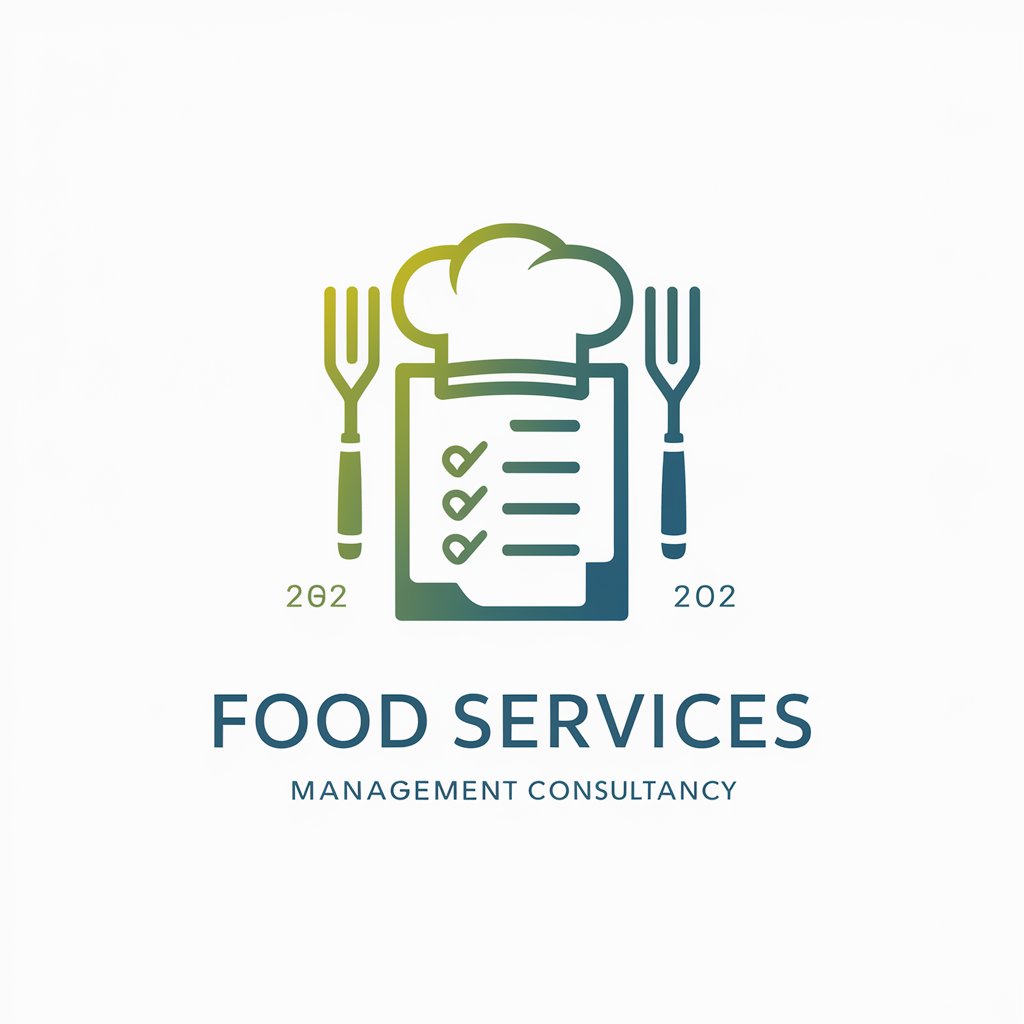
Welcome! Let's enhance your food service operations with expert guidance.
Optimizing food services with AI
How can I optimize my kitchen operations for better efficiency?
What are the best practices for ensuring food safety in a commercial kitchen?
Can you help me plan a cost-effective and nutritious menu?
What strategies can I use to improve staff management in my restaurant?
Get Embed Code
Overview of Food Services Management
Food Services Management is a specialized field focused on the effective and efficient management of food service operations. This encompasses a broad range of activities including menu planning, kitchen operations, ensuring adherence to health and safety standards, managing costs, and overseeing staff. The design purpose of Food Services Management is to optimize the delivery of food services in various settings such as restaurants, schools, hospitals, and corporate cafeterias, ensuring customer satisfaction, compliance with regulations, and profitability. For example, in a hospital setting, Food Services Management would involve tailoring menus to meet dietary requirements, managing food procurement and preparation processes, and ensuring meals are delivered to patients in a timely and safe manner. Powered by ChatGPT-4o。

Core Functions of Food Services Management
Menu Planning
Example
Designing seasonal menus for a farm-to-table restaurant, incorporating locally sourced ingredients.
Scenario
Menu planning involves analyzing food cost, nutritional content, and customer preferences to create balanced offerings. In a farm-to-table restaurant, this could mean working closely with local farmers to determine what ingredients will be available seasonally and creating dishes that highlight these fresh, local ingredients.
Kitchen Operations Management
Example
Streamlining kitchen workflow in a high-volume catering company to improve efficiency and food quality.
Scenario
This function entails the organization and management of kitchen processes, from food preparation to dishwashing. In a high-volume catering company, this could involve implementing an assembly line approach to food preparation and plating, investing in commercial kitchen equipment to speed up cooking processes, and training kitchen staff to work efficiently as a cohesive unit.
Health and Safety Compliance
Example
Implementing a HACCP (Hazard Analysis Critical Control Point) system in a school cafeteria.
Scenario
Ensuring health and safety involves setting and maintaining standards for food handling, preparation, and storage to prevent foodborne illnesses. In a school cafeteria, implementing a HACCP system would include identifying potential hazards, establishing critical control points, and monitoring these to ensure that all food served to students is safe to eat.
Cost Control
Example
Reducing food waste and optimizing ingredient usage in a fine dining restaurant.
Scenario
Cost control in food services management involves strategies to minimize expenses without compromising on quality. In a fine dining restaurant, this could mean meticulously tracking inventory, using techniques to utilize every part of an ingredient (such as making stocks from vegetable trimmings and meat bones), and carefully portioning dishes to reduce waste.
Staff Management
Example
Developing a training program for new chefs and service staff in a boutique hotel.
Scenario
This function covers recruiting, training, and supervising food service staff. In a boutique hotel, creating a comprehensive training program for new chefs and service staff would ensure that they are well-versed in the hotel's service standards, menu items, and customer service expectations, leading to a consistent and high-quality guest experience.
Target Users of Food Services Management Services
Restaurant Owners and Managers
This group benefits from Food Services Management through optimized kitchen workflows, menu development, cost control measures, and staff training, leading to increased efficiency, customer satisfaction, and profitability.
School and Hospital Administrators
Administrators in these institutions require Food Services Management to ensure that large-scale food operations meet nutritional standards, comply with health and safety regulations, and are managed cost-effectively, all while catering to the specific needs of their diverse clientele.
Corporate Cafeteria Operators
Operators of corporate cafeterias utilize Food Services Management to provide a variety of healthy, appealing food options for employees, manage costs, and ensure the smooth operation of cafeteria services, thereby enhancing employee satisfaction and productivity.
Catering Company Owners
For catering companies, Food Services Management is crucial for managing large-scale events, coordinating kitchen operations, controlling costs, and ensuring high standards of food quality and safety, thereby ensuring client satisfaction and successful events.
Hotel Food and Beverage Managers
These professionals rely on Food Services Management for designing unique menu offerings, managing banquet and room service operations, ensuring guest satisfaction, and maintaining profitability within the hotel's food and beverage department.

Guidelines for Using Food Services Management
Begin Free Trial
Start by accessing yeschat.ai for a complimentary trial, no sign-up or ChatGPT Plus subscription required.
Identify Needs
Evaluate your current food service operations to identify areas needing improvement, such as menu planning, cost control, or health standards.
Explore Features
Utilize the tool to explore features relevant to your needs, including menu optimization, inventory management, and staff scheduling.
Implement Advice
Apply the tool's recommendations and best practices to your operations, tracking changes in efficiency, cost, and customer satisfaction.
Continuous Learning
Regularly use the tool for ongoing advice, keeping abreast of the latest trends and regulations in food services management.
Try other advanced and practical GPTs
Food Service Management
AI-powered culinary and operational excellence
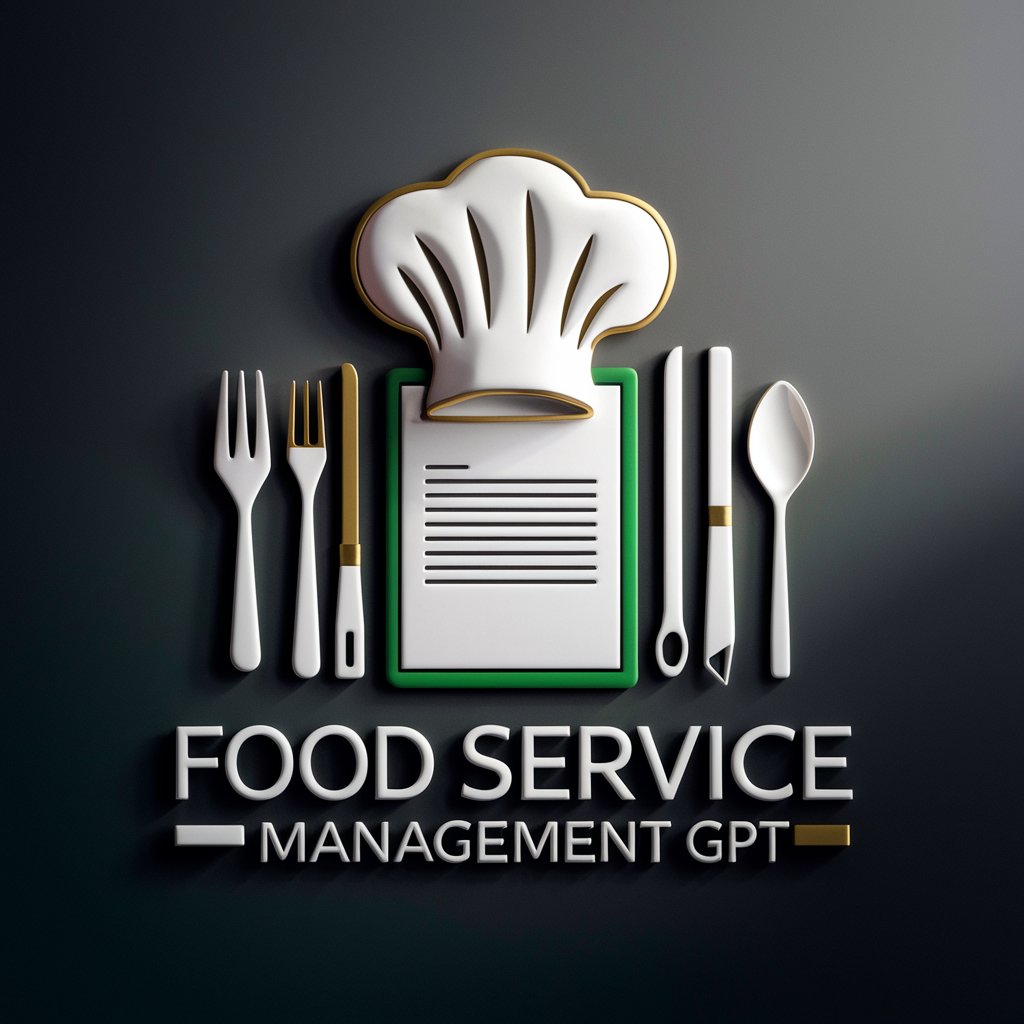
Food Processor
Empowering Culinary Creativity with AI
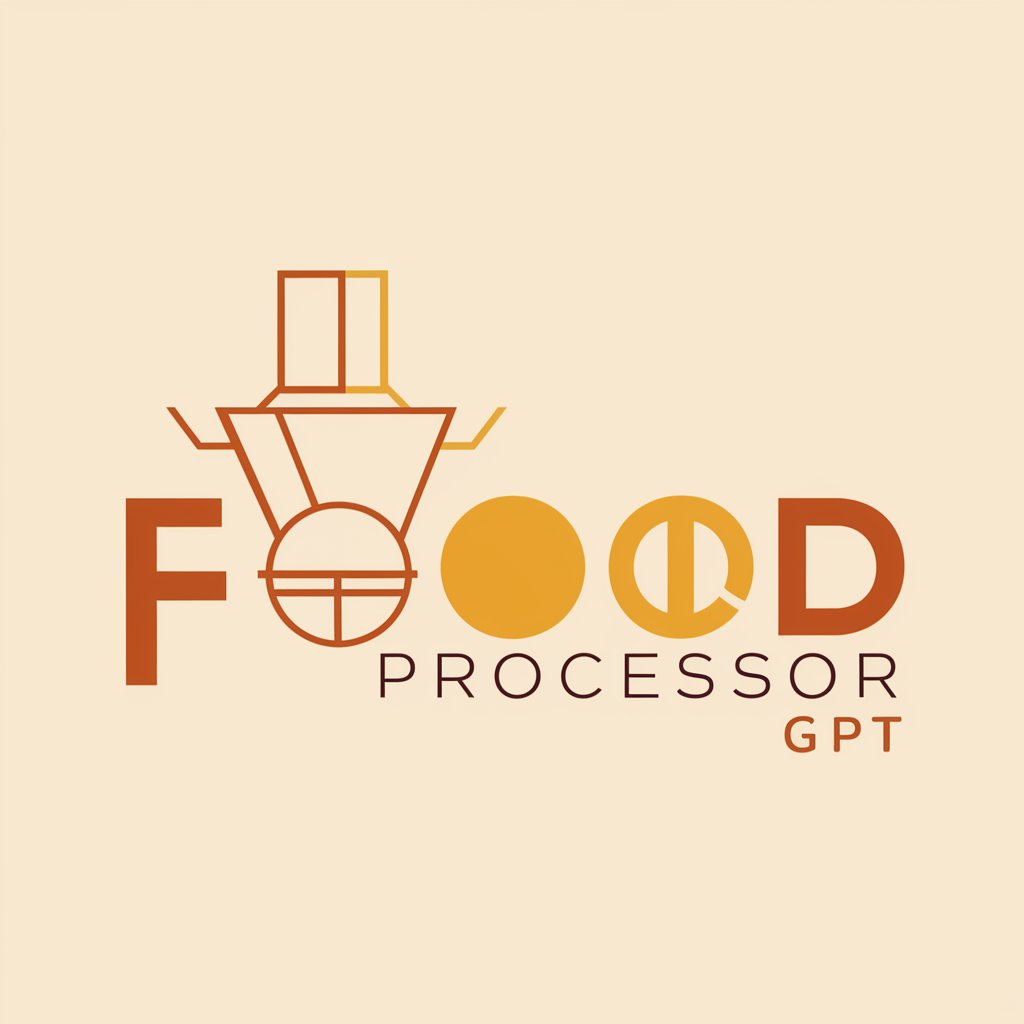
Food Science
Empowering Food Innovation with AI
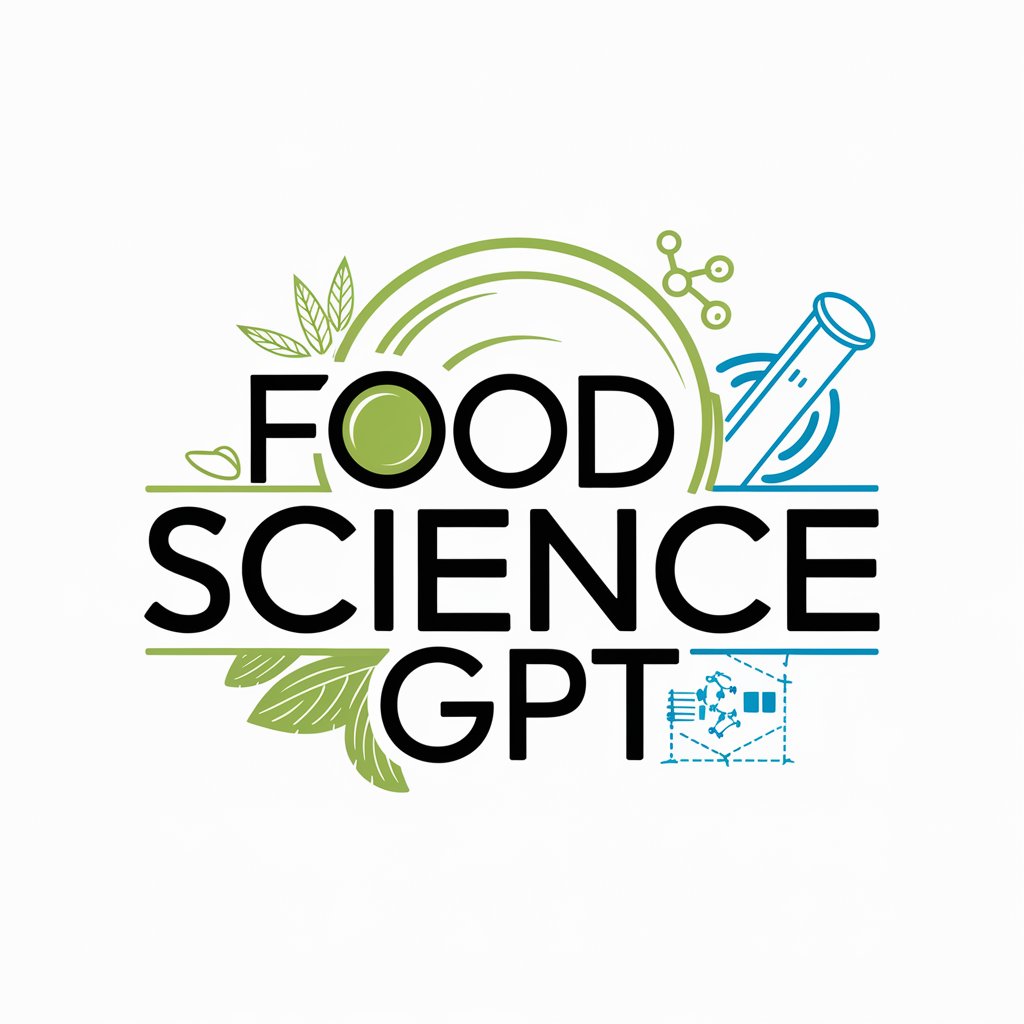
Italy
Explore Italy's Essence, Powered by AI

Ready to Eat
Elevate Your Mealtime with AI-Powered Convenience

SEO-Savvy Fitness Article Editor
Elevate Your Fitness Content with AI

Hockey GPT
Revolutionizing hockey analytics with AI

Lexideck Writing Multi-Agent Workshop
AI-Powered Collaborative Writing Workshop

Water Heaters
Empowering Warm Comfort with AI

Pellet Stove
Warmth, Powered by AI
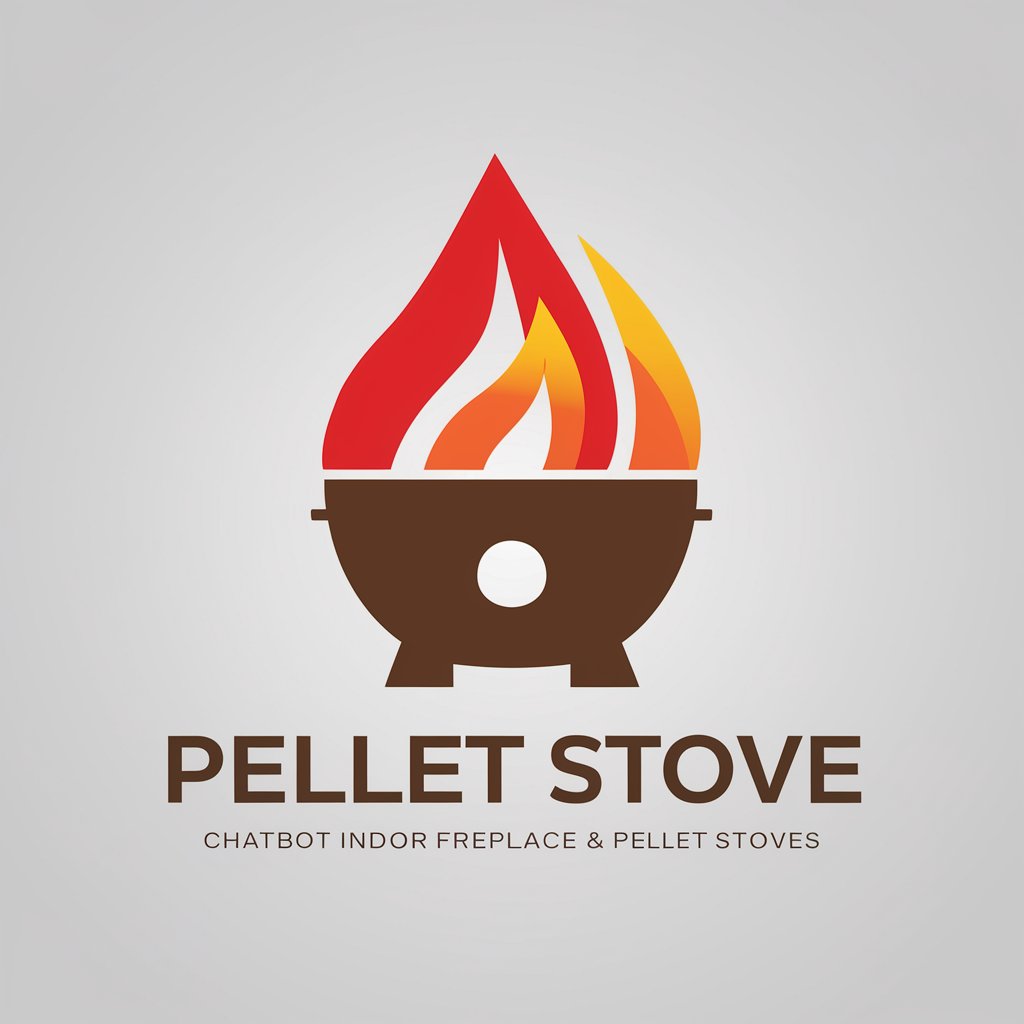
Freezer
Empowering your cold storage decisions with AI.

SEO-Focused GPT
Empowering SEO with AI Insight

Q&A About Food Services Management
What are the primary benefits of using Food Services Management?
The tool offers comprehensive support in enhancing operational efficiency, reducing costs, ensuring compliance with health and safety standards, and improving customer satisfaction through optimized menu planning and kitchen operations.
Can Food Services Management help with menu planning?
Yes, it provides data-driven insights for menu optimization, including seasonal ingredient use, cost-effective recipes, and dietary considerations, to enhance variety and customer appeal while managing food costs.
How does Food Services Management contribute to cost control?
It offers strategies for inventory management, waste reduction, portion control, and supplier negotiation, helping to lower operational costs without compromising quality or customer experience.
Is training required to use Food Services Management effectively?
While intuitive, users benefit from exploring instructional materials or tutorials provided, to fully leverage all features for maximum operational improvement and cost savings.
Can this tool help with staff management and scheduling?
Absolutely, it includes features for staff scheduling, task delegation, and performance monitoring, streamlining operations and ensuring the right staffing levels for peak efficiency.